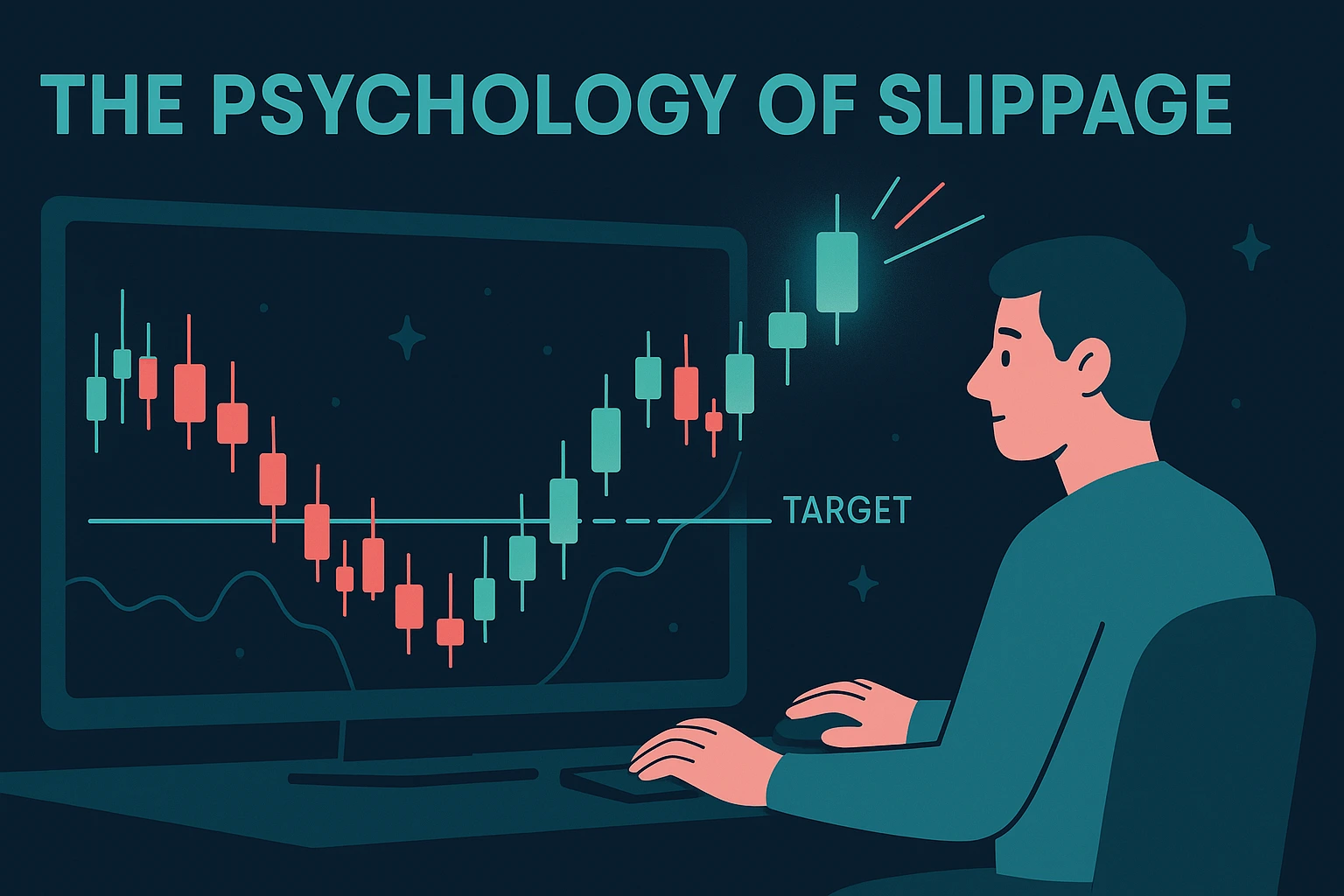In the fast-paced world of online trading, a trader’s success is often determined by their ability to execute a plan with precision. However, there is a common and often frustrating phenomenon that can disrupt even the most well-laid plans: slippage.
Slippage is the difference between the price at which a trader expects a trade to be executed and the actual price at which it is filled. While small amounts of slippage are a normal part of trading in any market, significant or frequent slippage can erode profits and undermine a trading strategy. Understanding the causes of slippage, its psychological impact, and the methods to mitigate it is a crucial skill for any serious market participant.
The mechanics of market orders and liquidity
Slippage most commonly occurs when a trader uses a “market order,” which is an instruction to buy or sell an asset at the best available price in the market. In a highly liquid market with many buyers and sellers, a market order is typically filled instantly at or very close to the expected price.
However, during periods of high volatility or in less liquid markets, the price can move in the milliseconds between when a trader clicks the button and when the order is actually executed by the broker. If the price moves against the trader, it results in “negative slippage”—for example, a buy order being filled at a higher price than expected. This is a common occurrence in fast-moving markets.
The amplifying effect of high volatility
Slippage is most pronounced during major news events or periods of extreme market panic. A surprise interest rate announcement or a major geopolitical development can cause prices to “gap,” jumping from one price to another with no trading in between.
In such a scenario, even a stop-loss order—a key risk management tool—may be filled at a price significantly worse than the specified level, as the market moves too quickly for the order to be executed at the desired price. This is where the quality of a broker’s infrastructure becomes critical.
A broker with superior technology and deep liquidity pools, like the YWO online broker, is better equipped to handle high-volatility environments and minimize the impact of slippage on its clients.
The psychological toll of execution uncertainty
Beyond the direct financial cost, frequent slippage can have a significant psychological impact on a trader. It can create a sense of uncertainty and a feeling that the market is “rigged” against them. This can lead to a number of destructive behaviors.
A trader might become hesitant to enter trades, fearing they will get a bad fill, causing them to miss out on valid opportunities. This is known as “analysis paralysis.” Conversely, they might start “chasing” the price, manually adjusting their orders in a desperate attempt to get the price they want, which often leads to even worse execution.
This erosion of confidence can be a major blow to a trader’s mental state, making it difficult to maintain the emotional discipline necessary for success. It highlights the importance of having a robust mental framework to deal with the inherent uncertainties of trading, a topic that is a core component of any comprehensive education on Trading Psychology and Risk Management.
Strategies for mitigation and control
While slippage can never be eliminated entirely, there are several strategies traders can employ to mitigate its impact.
- Use Limit Orders: Instead of a market order, a “limit order” allows a trader to specify the exact price at which they are willing to buy or sell. The trade will only be executed if the market reaches that price or better. This provides complete control over the execution price, although it comes with the risk that the order may never be filled if the market moves away from the specified price.
- Avoid Trading During Major News Events: The most extreme slippage often occurs in the minutes surrounding a major economic data release. Disciplined traders often choose to stay on the sidelines during these periods.
- Choose a High-Quality Broker: The technological infrastructure of a brokerage plays a huge role in execution quality. A reputable broker invests in high-speed servers and establishes relationships with multiple liquidity providers to ensure that their clients’ orders are filled as quickly and accurately as possible. Choosing a broker with a variety of sophisticated account types can also provide access to better execution environments.
By understanding the mechanics of slippage and implementing these strategies, traders can reduce its impact, protect their capital, and maintain the psychological stability needed to execute their strategy with confidence.

Jay is a data analyst and research writer. He works in the field of finance, decentralised finance, stock market, and business. He used to work as a finance consultant in Silicon Vally, after which he decided to reduce his stress levels and go on a less-thriving way. His favourite graphic novel is Hellblazer.
